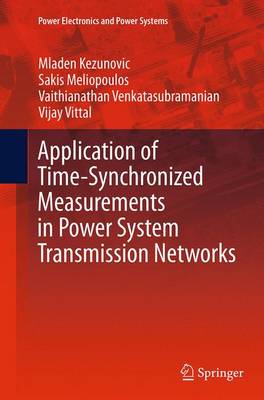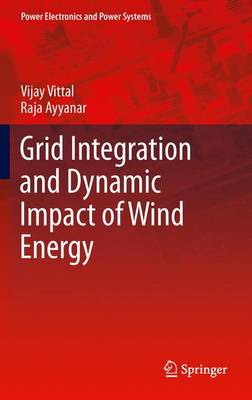Power Electronics and Power Systems
3 total works
Grid Integration and Dynamic Impact of Wind Energy
by Vijay Vittal and Raja Ayyanar
Grid Integration and Dynamic Impact of Wind Energy details the integration of wind energy resources to the electric grid worldwide. Authors Vijay Vittal and Raja Ayyanar include detailed coverage of the power converters and control used in interfacing electric machines and power converters used in wind generators, and extensive descriptions of power systems operation and control to accommodate large penetration of wind resources.
Key concepts will be illustrated through extensive power electronics and power systems simulations using software like MATLAB, Simulink and PLECS. The book addresses real world problems and solutions in the area of grid integration of wind resources, and will be a valuable resource for engineers and researchers working in renewable energy and power.


